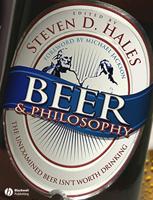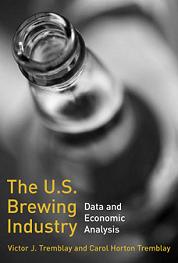While little translates as badly as regulatory text in another language from another country, there is a special place in my heart for Japan and its “third-category” beer which are described as nonmalt beerlike alcoholic beverages. Not third-rate. Third-category. Mmmmm. But apparently the average Joe in the land of the rising sun is switching to the stuff with a new-found zest:
The recent rise in prices of food products and services is hitting consumers, who are in turn cutting unnecessary spending from their family budgets. One example of the cutbacks can be seen in April beer shipment numbers released last week by the five major breweries. The numbers show sales of popular low-priced “third-category” beer, or nonmalt beerlike alcoholic beverages, rapidly growing, while sales of regular beer plunged significantly.
In the case of beer drinkers shifting to third-category beer, a decisive factor seems to be the price of the product. A 350-milliliter can of third-category beer costs about 140 yen, approximately 75 yen less than a can of regular beer. The April shipment of third-category beer increased by 9.3 percent, while shipments of regular beer dropped by 11.3 percent in the same month.
You can consider one yen a cent. We are, then, talking the difference between $2.15 and $1.40 a can so we are not likely talking about the craft beer fan…except that this could cause a domino effect across the board leaving out the top end of the market or those planning to supply it. And this seems to mirror what Stan noted might be happening in the USA. Beer in Japan has some odd aspects but we’ve been watching this third-category stuff for some time now and have found the description a “beer-tasting alcoholic beverage” the most informative so far though “a product two steps removed from actual beer” is up there. For the unknowing, this is a brief glimpse into the steps that are those two steps away:
A vital technological issue in producing a “third beer” product is achieving the right taste and color. Kirin’s solution, for which patents are pending, is browning, a process in which sugar is added to the fermented soy protein and then the mixture is heated, caramelizing the sugar and giving the beverage the color as well as the taste of beer.
One wonders whether the same machinery and ingredients might also make beer broth or automotive lubricants. Could it be that the there is nothing to gain from comparing craft brew to this sort of product and the budgetary issues which give rise to its production? Or are we all destined one day to be hoping for a bit of the old category three when we leave our underground factory jobs at the end of another thirty day cycle, marching merrily home in unison under the glow of another blazing green sunset? Is it the future?



 But of course it is more than math that escapes me. Conversely, both authors are
But of course it is more than math that escapes me. Conversely, both authors are